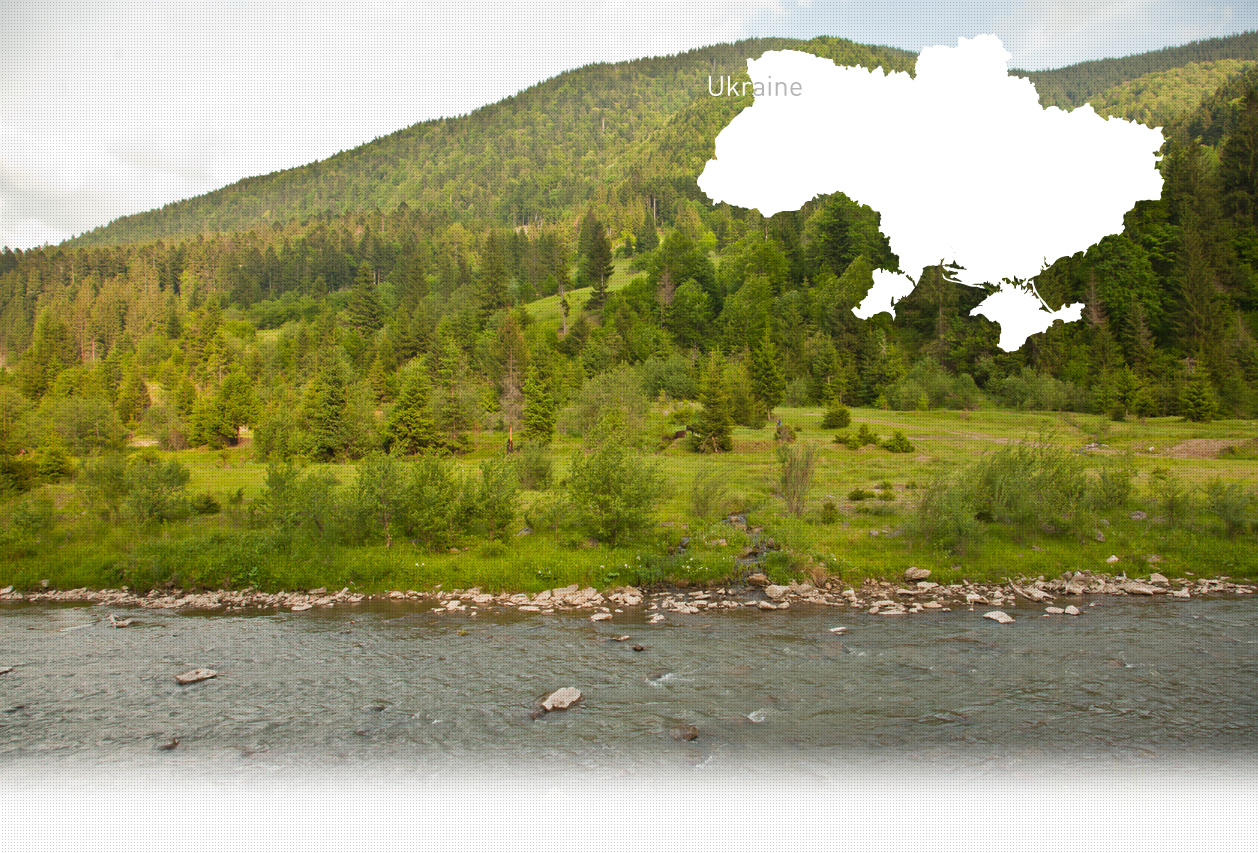

1 Sitio(s) de ejecución
Nadia L., born in 1928: “The Jews were gathered in a ghetto on Shefska street. It was fenced-in with barbed wire and guarded. Under no circumstances were they allowed to leave it. Some of them did anyway, because they needed something to eat. That is why they would leave the ghetto without being noticed in order to look for food. My Jewish neighbors were also taken to the ghetto. They tried to hide, but the Germans knew exactly where the Jews lived, so they came to take them. A month or so later some Jews from the ghetto were taken to be shot in the woods known as Berezniak. My neighbors were among those who were taken to be shot.” (Testimony n°3007U, interviewed in Komarno, on November 26, 2021)
Komarno is located about 30 km (18mi) southwest of Lviv. The first records of the Jewish community date back to the 16th century. In the 17th century, the Jews numbered about a thousand. By 1880, about 2,000 Jews live din Komarno making up 40% of the total population. The community continued to grow and reached its peak in 1910, with 2,716 members out of a total population of 6,141. The majority of the Jews lived off small-scale trade, notably the production of agricultural products, which was the main activity in the region. At the beginning of the 19th century, the Hassidism movement gained popularity among the Jews. In the period from 1915-1920, Zionist organizations also operated in the town. As part of the region of Eastern Galicia, the town was under the control of different powers, from the Austro-Hungarian Empire to Poland. During the interwar period it was under Polish rule. In September 1939, German troops occupied Komarno. Several Jews were executed. Two weeks later, the Red Army entered the village. In the fall of 1939, a Yiddish school was opened. During the brief Soviet period, all political and religious organizations were banned, private business were nationalized, and some Jews were deported. Around this time, some Jewish refugees arrived from Poland, fleeing the Nazi regime.
On June 30, 1941, Komarno was again occupied by the Germans, who established the Judenrat and a Jewish labor camp. According to local witnesses interviewed by Yahad, a ghetto was created in Komarno shortly after the German occupation began. It was located on Shefska street and was surrounded with barbed wire. The Komarno Jews were executed in mass executions by the Nazis during three main Aktions. During the first murder operation conducted at the end of October 1941, about 470 Jews, entire families, were shot in a mass grave, located in the Berezniak forest. At the end of 1942, circa. 1,000 of the town’s Jews were gathered and sent to the Belzec extermination camp. Anyone who managed to hide and avoid the deportation was later captured and sent to the Rudky ghetto. These Jews were murdered in April 1943 along with local Jews. According to another source, about 61 Jews, some found in hiding, were shot in the local Jewish cemetery.
¿Tiene información adicional con respecto a un pueblo que le gustaría compartir con Yahad?
Por favor contáctenos a contact@yahadinunum.org
o llamando a Yahad – In Unum at +33 (0) 1 53 20 13 17